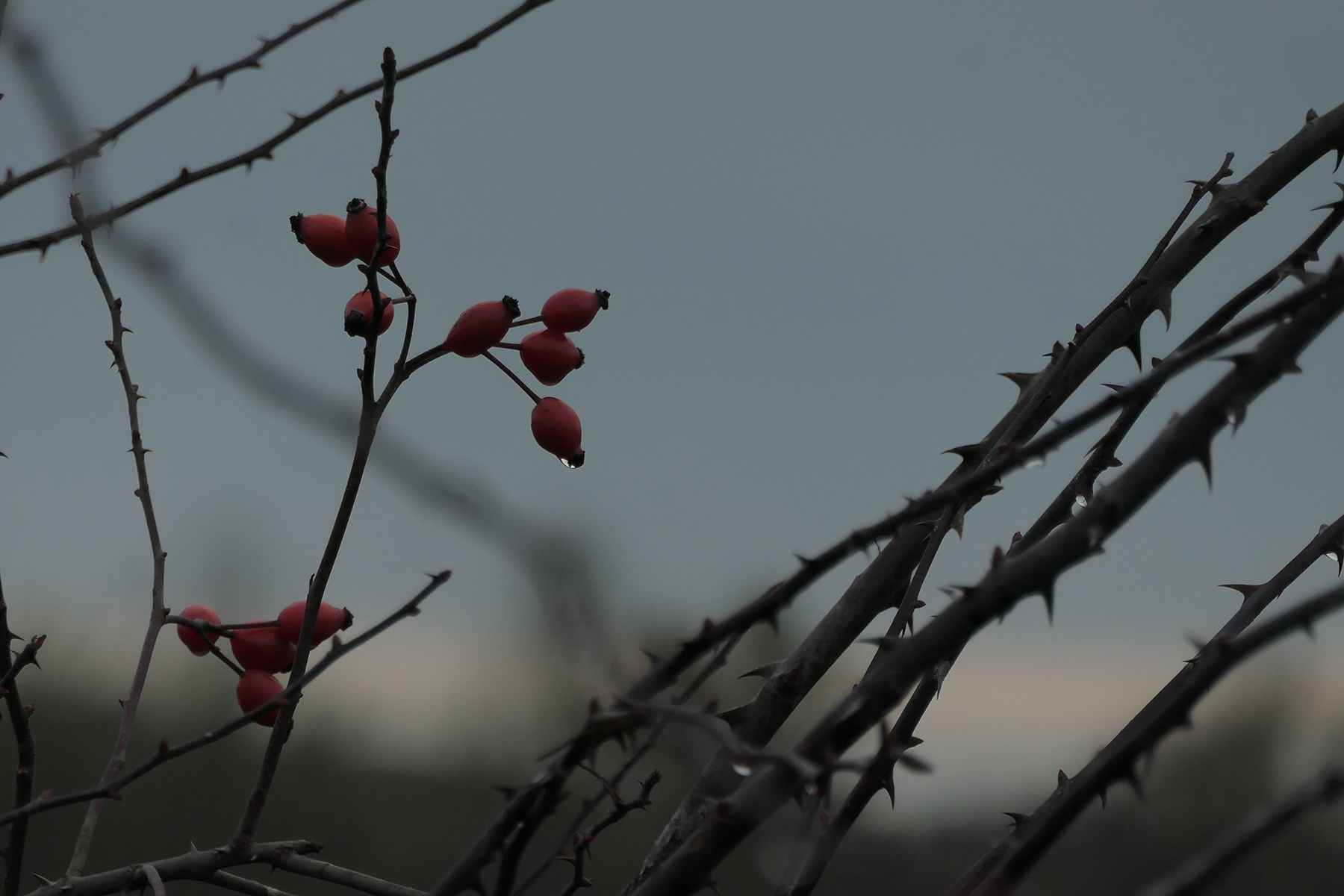He made me do it. I actually listened to a podcast, an activity I usually avoid like, well, whatever. I felt compelled to follow his suggestion because the dilemma described in the radiolab program is a familiar one in our household: the night-and-day different reactions and connections you have to things, both those with historical and those with sentimental value.

To be clear at the outset, I don’t consider there to be a any right way to relate to objects, or, for that matter, to the past relative to the future. I happen to be not very attached to things from the past, or dwell on or cherish events from the past. I appreciate, though, the pleasure it can give other people, who find continuity in their memories, or great-grandma’s lamp with the shepherdess and sheep holding up the lampshade (YES – it does live in our household, mostly because the guilt to give it to good will would be unbearable for someone who shall remain nameless.) I almost envy the joy some of my friends get out of their attachment to certain objects, and I commiserate with those who are burdened by their loss, but the closest I come to those ways of feeling is perhaps with regard to place. Walking across sites of historic importance can induce awe – having no longer access to places I loved can make me cross. And, of course, I am attached, intensely, to people. But not things, even when I appreciate their meaning and beauty.

How does our relationship to objects shape up – and how do we account for individual differences which have some in awe when holding a historic artifact – a piece of the moon, or the Berlin wall, or the Shroud of Turin – while others couldn’t care less, exhibiting only some scientific curiosity, but no emotional reaction? Differences that become quite apparent in how some surround themselves with items collected across a life time while others purge anything that isn’t currently functional or clutters up the house, no matter how much they accidentally acquired meaning? Spoiler alert: I don’t have clear answers nor does, so it seems, anyone else.
I can, however, point to a few things we do know about people and things.

The idea that things don’t just disappear into thin air (object permanence) can be measured in the youngest babies, even though they “define” things a bit differently than you and I would: not necessarily by shape, but by numerosity and direction of movement. By the age of two, kids exhibit a sense of ownership, and by six they show the “endowment” effect – something that lasts into adulthood and can best be described as that we value something that we possess more than if the same thing was on a store shelf or in someone else’s hands.



Kids often have attachment objects – the proverbial blankie – but do so more in societies where they sleep alone early on instead of sharing their parents’ bed. These objects help them to transition to independence, but interestingly it has to be the one and only object – an exact copy won’t do. Same is true, by the way, for many adults: if I offered you the choice between an authentic Picasso and a copy that is indistinguishable, but not painted by him, you’d reject the latter. I, as it turns out, wouldn’t – I couldn’t care less about the execution by the famous hand, I care about the idea captured in the painting.
Ideas, it always comes down to ideas with me. (Then again, I would reject any version, real or fake, of Picasso, since I can’t stand him.) I’ll talk about our appraisal in the context of museum art authenticity tomorrow.That kind of magical thinking about the essence of a piece of art, or your teddybear, or Lincoln’s pajamas is by all reports existing across the life-span for many.


Adolescents, particularly in the mid teens, become the most materialistic of them all: things matter! Clothes, brands of shoes, bikes, types of phones all matter as a way to declare independence from parents and tribal membership with their age mates. What about adults? We get to them tomorrow. Stay tuned.
Photographs today are from a Wednesday walk before the storm came in, at the Jackson Nature Preserve. The rosehips will not survive this weekend intact – it’s amazing (and part of the unusual dry weather pattern) that they lasted this long.


Music is about a thing that is a person or is it a person that is a thing? So easy to get confused. Coppélia, by Delibes, a ballet about a mechanical doll and her human imitator. Unfortunately the concert, a wonderfully tight performance, is often interrupted by advertisements – don’t know how to fix that.







